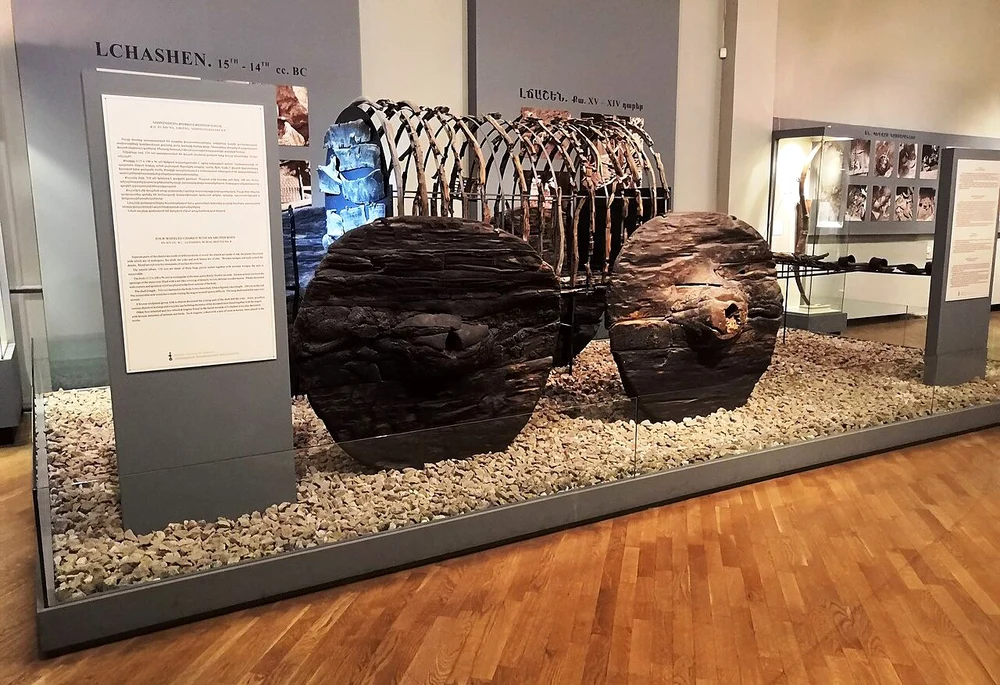The Senate will hold today a solemn plenary sitting to mark 30 years of post-Revolutionary existence.
According to the program of the meeting, former presidents of the Upper Chamber of Parliament from 1990 - 2020 will give speeches, an anniversary philatelic cover will be launched and a photo exhibition by AGERPRES National News Agency will be opened in the foyer.
The guests will be presented the project "The Senate Gardens - Uranus Memorial" in the office of the Senate President.
*** According to the history presented on the institution's website, the Senate was first created in Romania at the initiative of Prince Alexandru Ioan Cuza in 1864, when, through the plebiscite of May 23-26 / June 4-7, the Romanians expressed their option on a document with constitutional character - "The Statute Expanding the Paris Convention of 7/19 August 1858", which provided for the establishment of a new parliamentary Chamber to legislate together with the Assembly of Deputies. Within this bicameral system, the first Senate of Romania, which also was responsible for checking the constitutionality of laws, functioned as a 'weighting body', as a factor of balance between the powers of the state. It was made up of members by right (leaders of the Church and of some public authorities) and members appointed by the ruler (representatives of the counties and senior state officials).
After August 23, 1944, under the pressure of the Soviet and communist forces, the Senate was disbanded by a decree in July 1946. Parliament was reorganized into a single legislative body, the Assembly of Deputies, which was transformed under the Constitution of 1948 into the Great National Assembly, a body completely subordinated to the communist power. The Constitutions of 1952 and 1965 maintained the authoritarian character of the communist regime, suppressing political pluralism, political and civic liberties, the principle of separation of powers in the state, and keeping the legislative and executive power fully subordinated to the ideological commands of the single party.
The Revolution of December 1989 paved the way for Romania's return to an authentic democratic regime, based on free elections and political pluralism, the observance of human rights, the separation of powers and the accountability of the rulers to the representative bodies. Through the acts issued by the provisional revolutionary power in the spring of 1990, the Senate was re-established as a representative and legislative institution. The rebirth of the Senate, a prestigious institution of the modern Romanian state, also meant the return of the country to its democratic and parliamentary traditions, to a bicameral, truly representative Parliament, in accordance with the standards of the rule of law, it is stated on the Senate website.
































Comentează